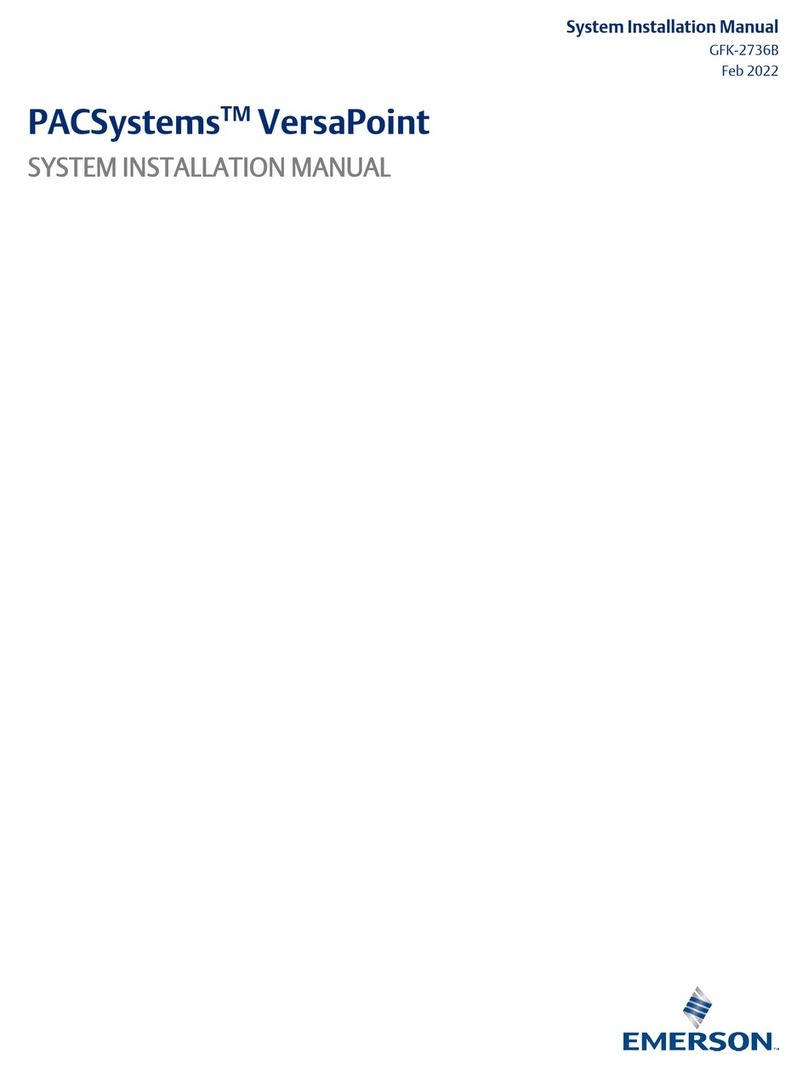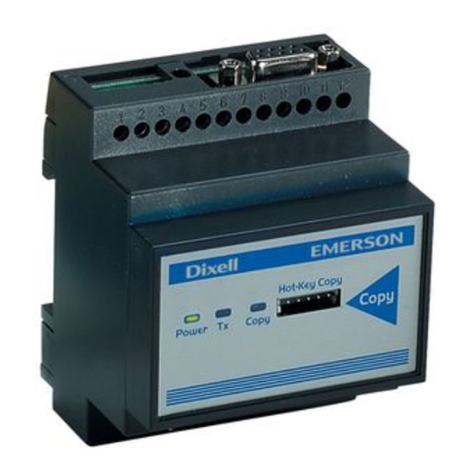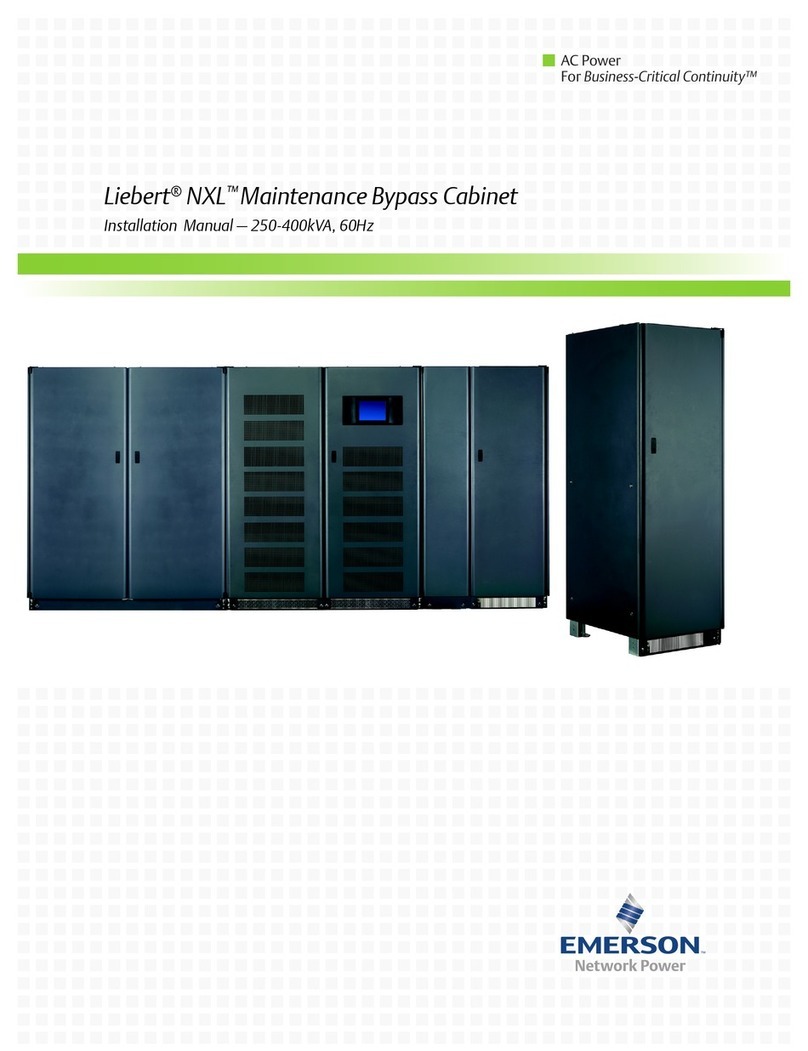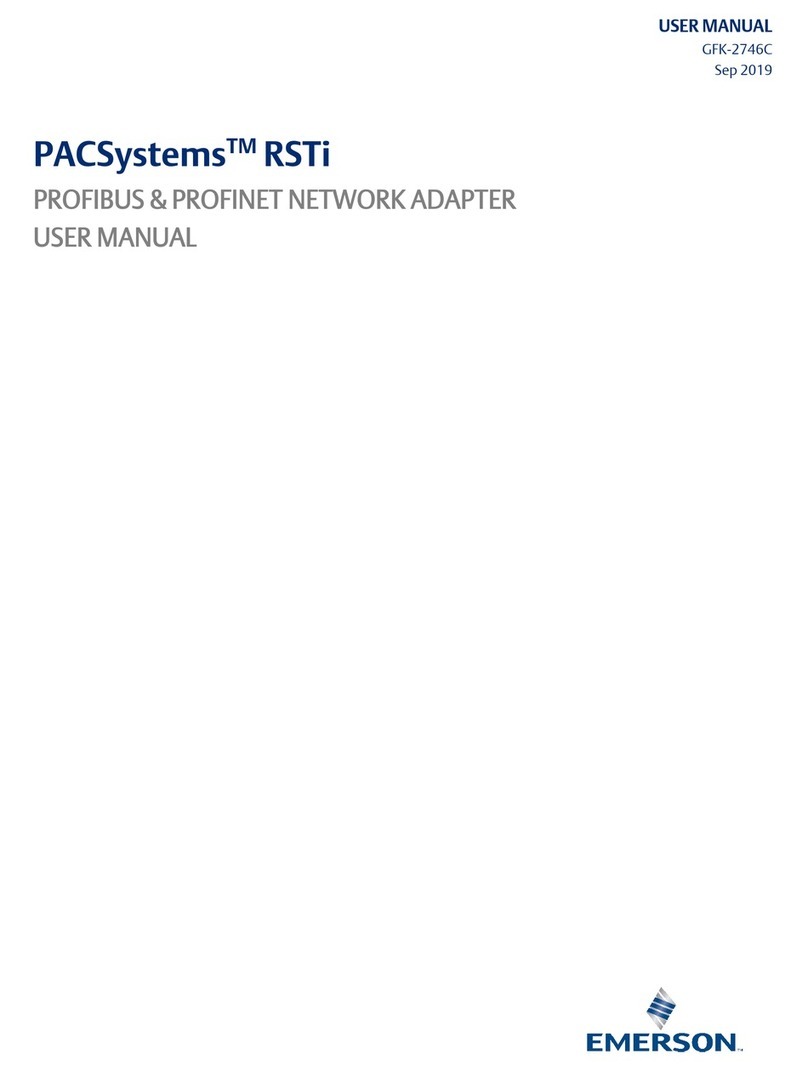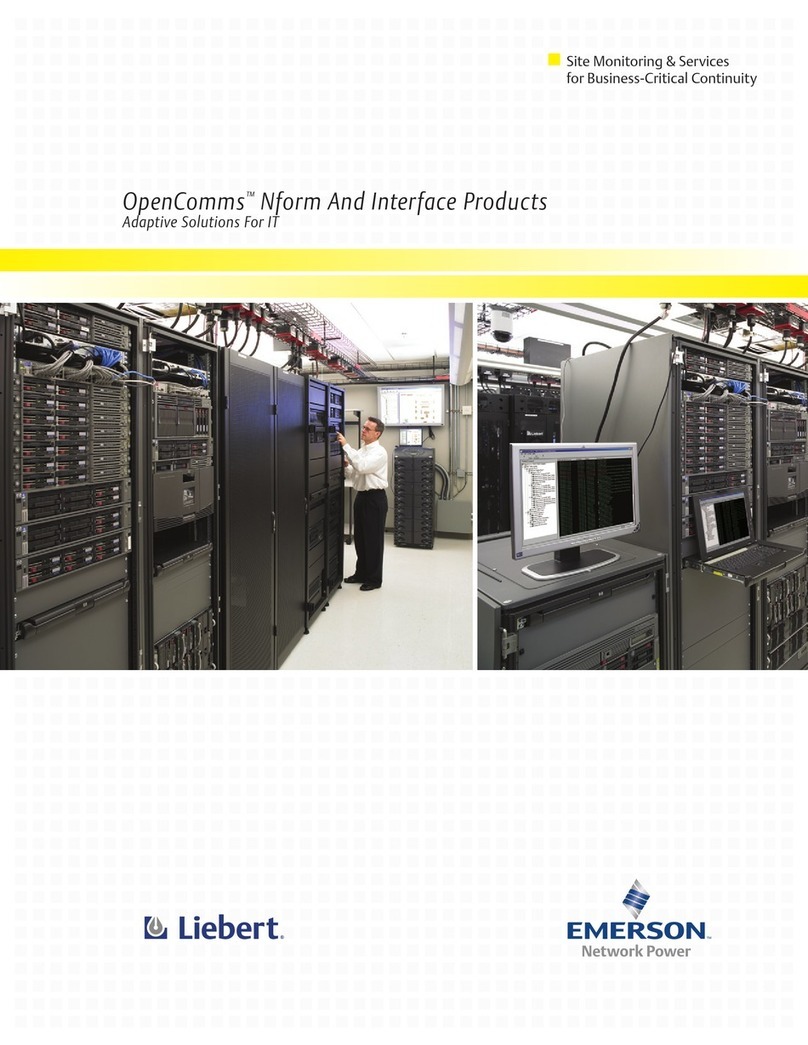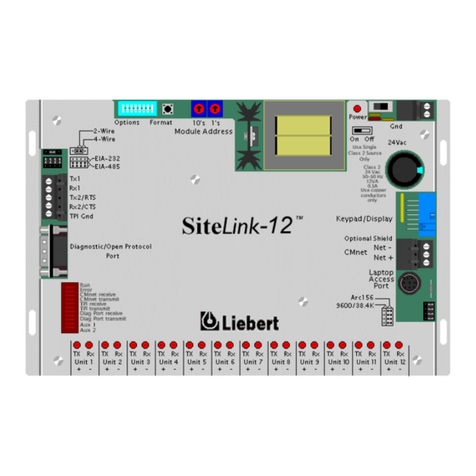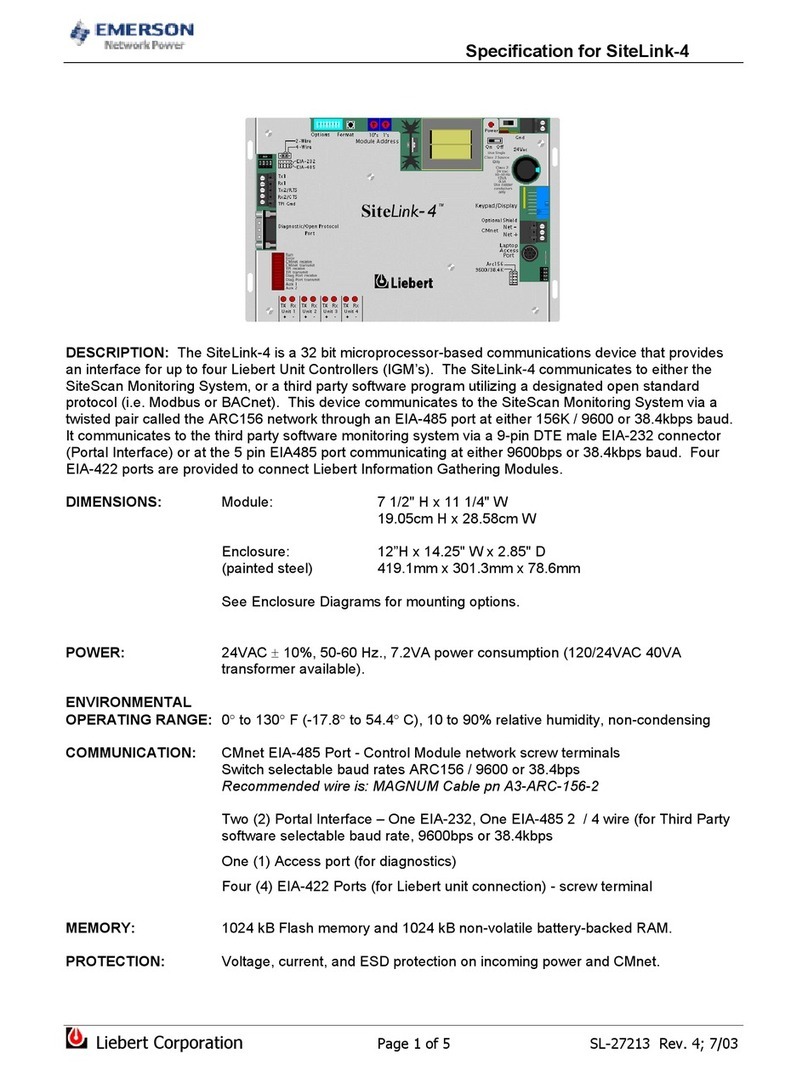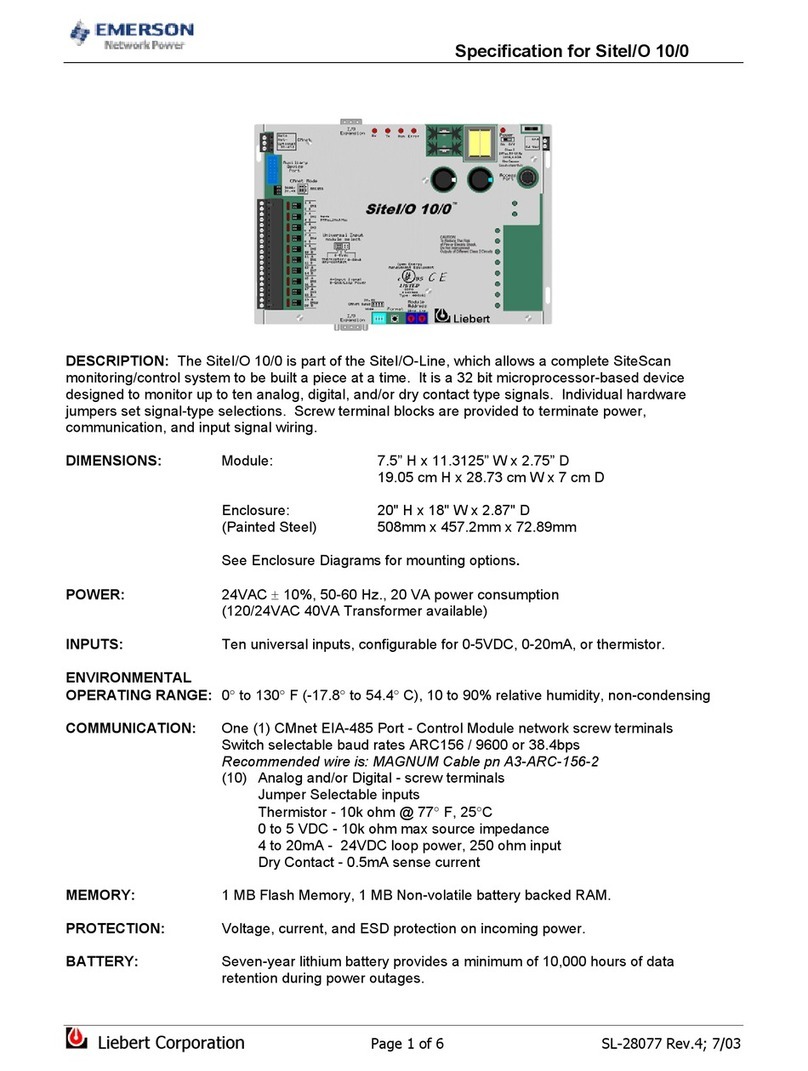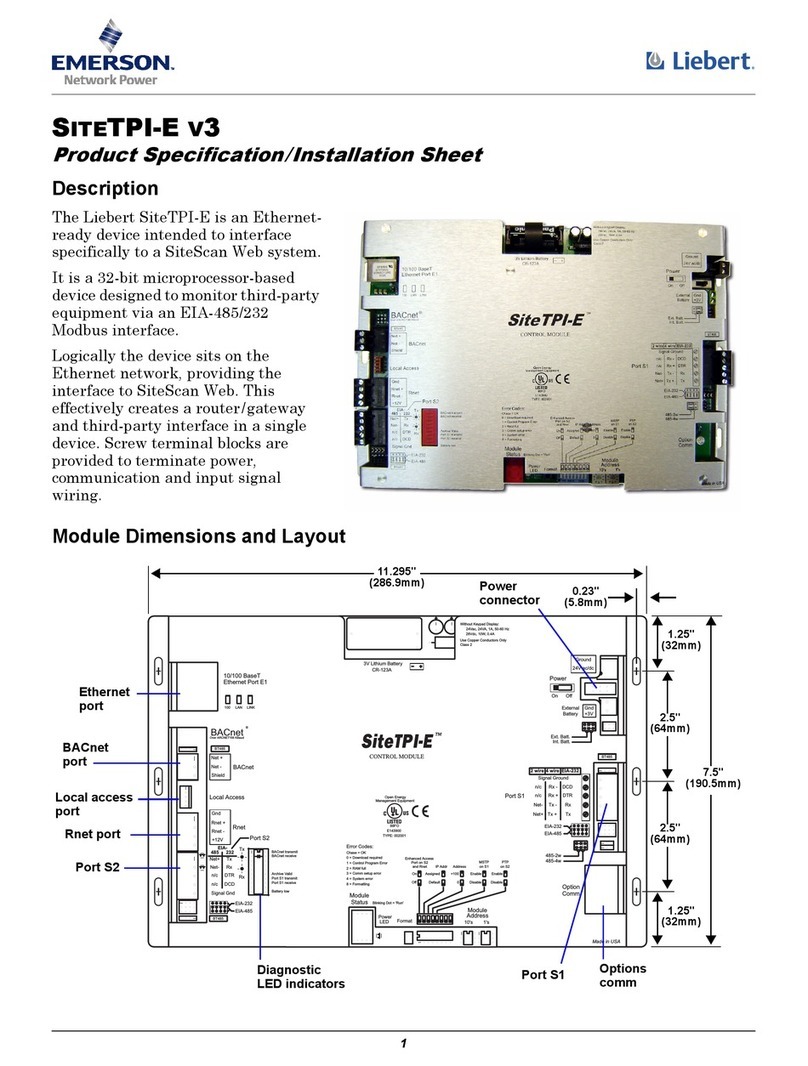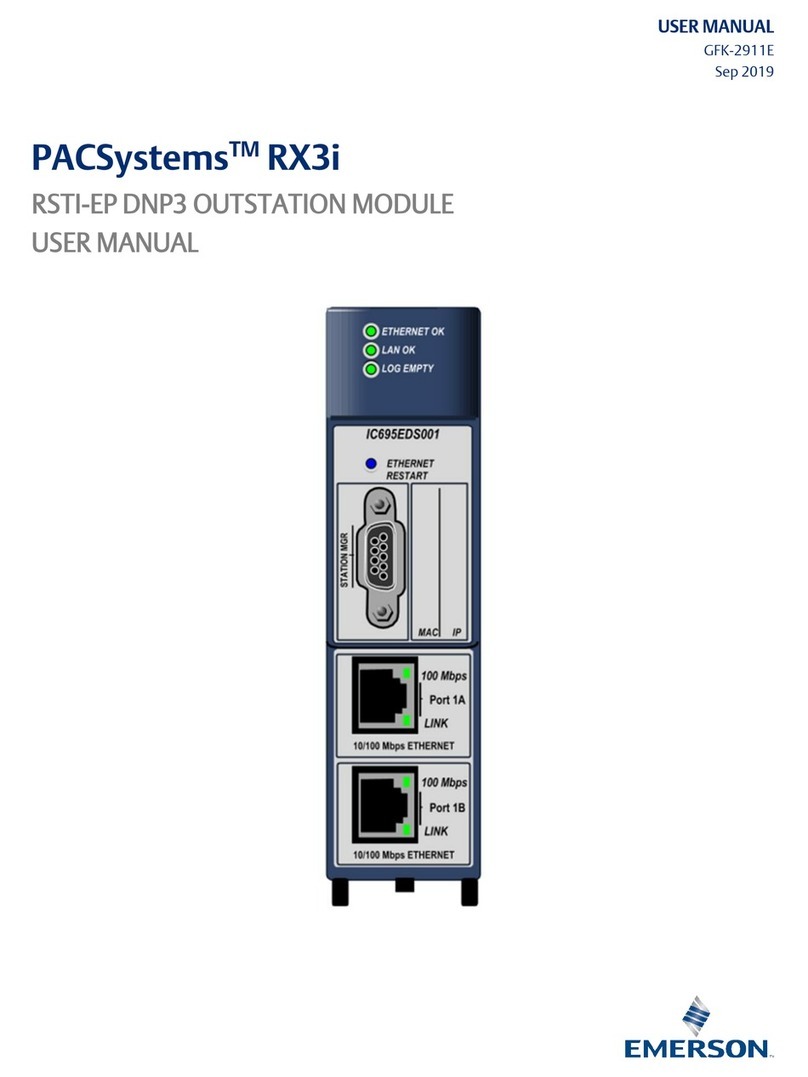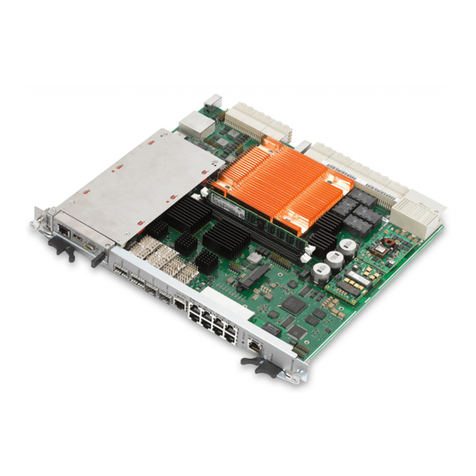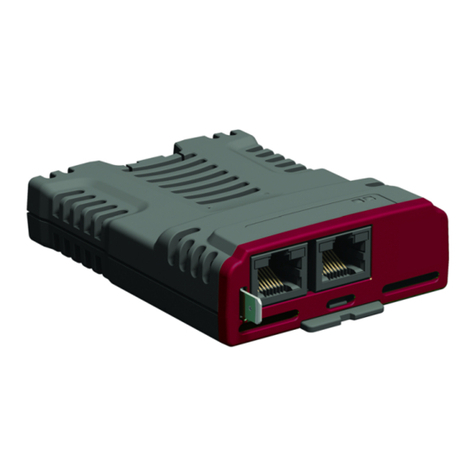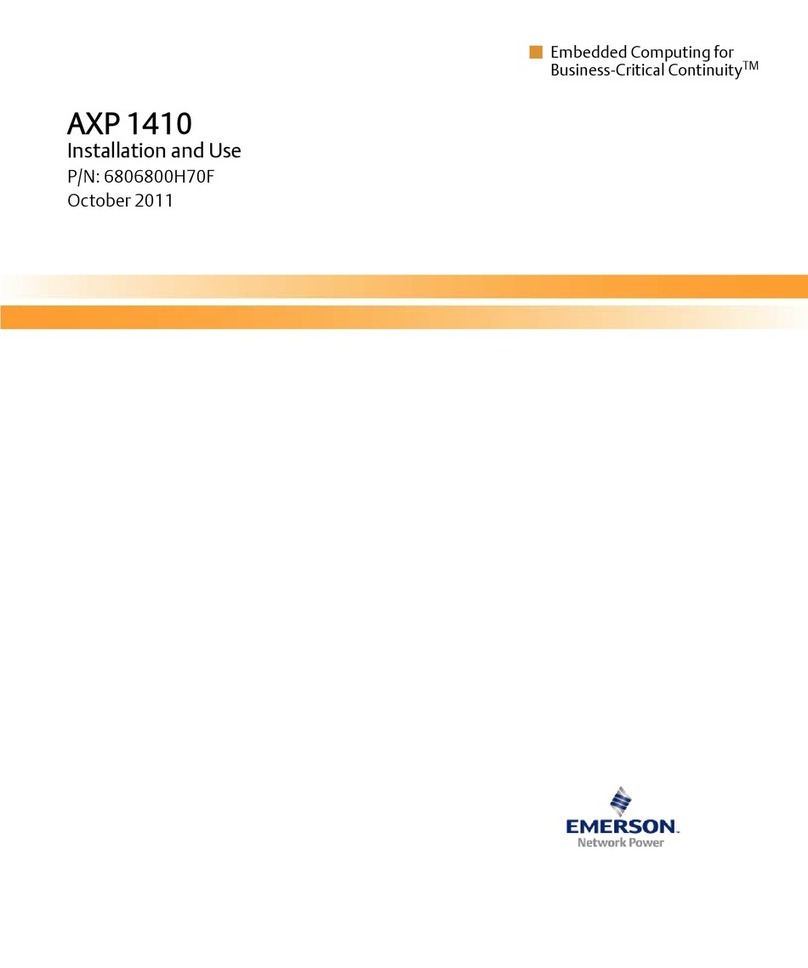PACSystems IPC 2010 Hardware Reference Manual Contents
GFK-3265A Oct 2023
Contents i
Contents
Section 1: Introduction.................................................................... 1
1.1 Document History...........................................................................................................1
1.2 SoftwareRequirements ..................................................................................................1
1.3 Features..........................................................................................................................1
Section 2: Unpackingand Inspection ............................................ 2
2.1 PackageContents............................................................................................................2
2.2 AvailableOptions and Accessories...................................................................................2
2.3 ESD and EMI ....................................................................................................................3
2.4 Unpackand Inspect .........................................................................................................4
2.5 Handling..........................................................................................................................5
Section 3: Mounting ........................................................................ 6
3.1 DIN RailMounting...........................................................................................................6
Section 4: Installationand Startup ................................................. 7
4.1 GeneralInstallationGuidelines........................................................................................7
4.2 RequiredMaterials..........................................................................................................7
4.2.1 Power Supply.....................................................................................................8
4.2.2 Keyboard............................................................................................................8
4.2.3 Video Monitor.....................................................................................................8
4.3 MinimumSystemRequirements .....................................................................................8
4.4 InitialStartup ..................................................................................................................8
4.4.2 Power-Input .......................................................................................................9
4.4.3 Serial Console ...................................................................................................9
4.4.4 Secure Shell (SSH) ..........................................................................................9
4.4.5 IP-Addresses.....................................................................................................9
4.4.7 Pre-Installed Software Images......................................................................10
4.4.8 Ubuntu Desktop Quick Start..........................................................................10
4.5 Thermal Protection.......................................................................................................11
Section 5: Installation and Replacement Procedures ............... 12
5.1 External Interfaces........................................................................................................12
5.1.1 Power-In...........................................................................................................12
5.1.2 LEDs .................................................................................................................12



